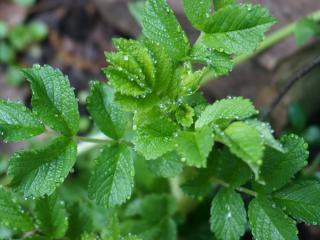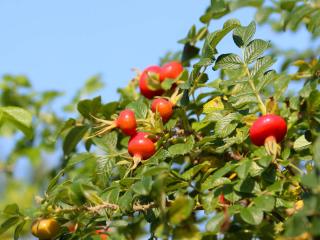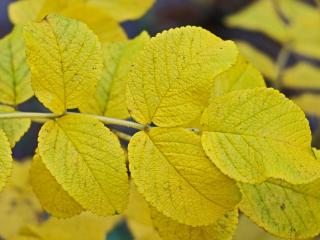

Originally from East Asia, arriving in the West at the end of the 18th century, the Rugosa rose, also known as Japanese rose and Kamchatka rose, is a wild rose. It bears an interesting fruit, the edible rosehip, rich in vitamin C.
Not too demanding, easy to grow, and also very rustic, disease-resistant, and quite fragrant, gardeners find the Rugosa rose very appealing for its many qualities. In addition, it’s one of the few wild roses that are repeat-blooming!
→ Read also: the wild rose native to Europe
Name: Rosa rugosa
Common: Rugosa rose, Japanese rose, Kamchatka rose
Family: Rosaceae
Origin: China, Japan, Korea
Height: 3 to 6 feet (depending on variety) (1 to 2 m)
Form: bushy
Flowering: May to October-November
Repeat-blooming: yes
Flower color: red, pink, white
Planting: spring and autumn
Exposure: sunny
Hardiness: 5°F and higher (-15°C and higher)
Soil: rich and drained
Use: flowering or defensive hedge

Its dense and shiny foliage consists of waffled and rough leaves, hence the species name.
Flowering starts in May, displaying simple and fragrant roses, ranging from white to red. Nestled in its cup-shaped petals is a bouquet of yellow stamens.

Favored by certain bird species and small mammals, the Rose Hips of Japanese Rose are decorative, and also edible! Their acidic and sweet flesh is very rich in:
Acidic and astringent, people rarely eat them raw. However, you can cook them with sugar. Harvest the fruits once they’ve overripe, after one or two freezes. You can then prepare them into syrups, jellies, marmalade and jams, ketchup sauces, or even soups. The Rosa rugosa rose hip soup is actually part of ancestral Swedish culinary traditions.
One of the sturdiest! With deep red, perfumed flowers and orange rose hips, it leaves quite an impression.
A beauty with white flowers and big round red fruit. Grafting gets you this variety, and it won’t sucker, which makes pruning much easier.
This selection, a result of grafting, boasts wrinkled foliage and orange-red rose hips.
A Polish creation by the rose gardener of Chodun in Poznan, presenting large, double, magenta pink flowers.
A cross with the ‘Mme Alfred Carrière’ brought this variety to life – large semi-double flowers in magenta pink and orange fruits.

Plant it in fall or spring, avoiding periods of frost. A sunny spot and a well-draining, somewhat cool soil – that’s all it asks for. Richer soil, however, really brings out its blooming. Overall quite a cinch to care for – just chop off old or damaged branches in March.
This rough rose makes propagation easy with its offshoots, perfect for replanting. It also easily self-seeds (rose hips contain a plethora of seeds) and you can try your hand at cuttings.